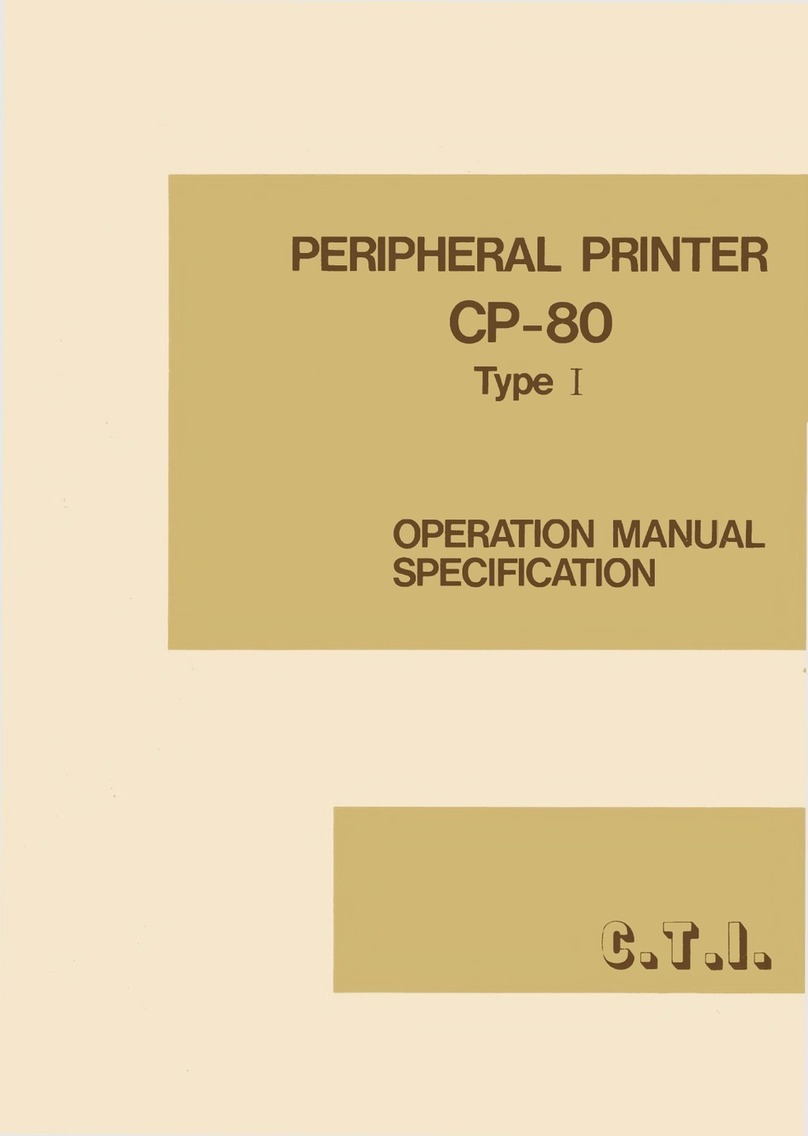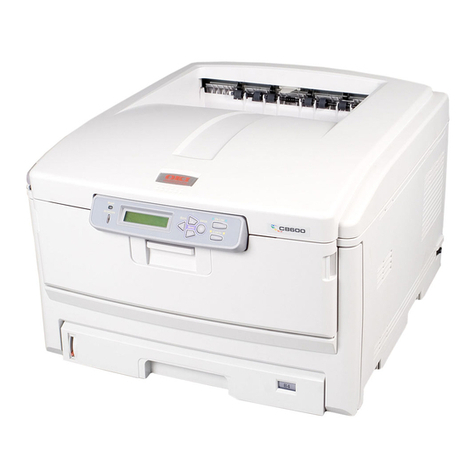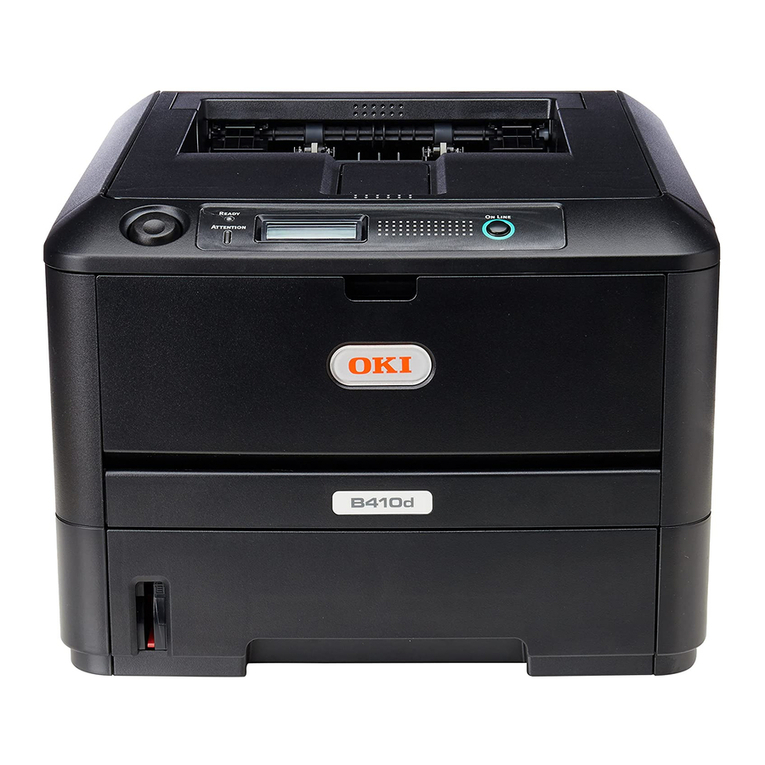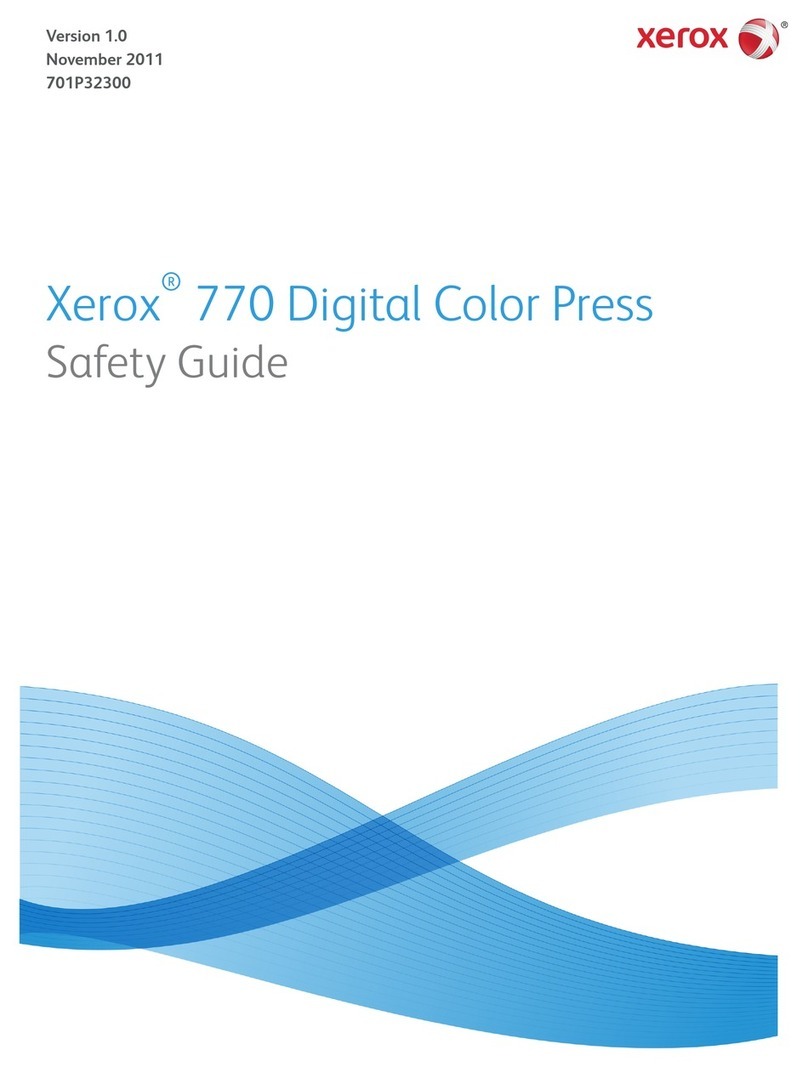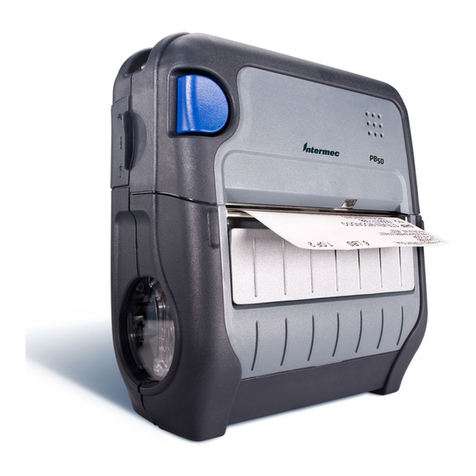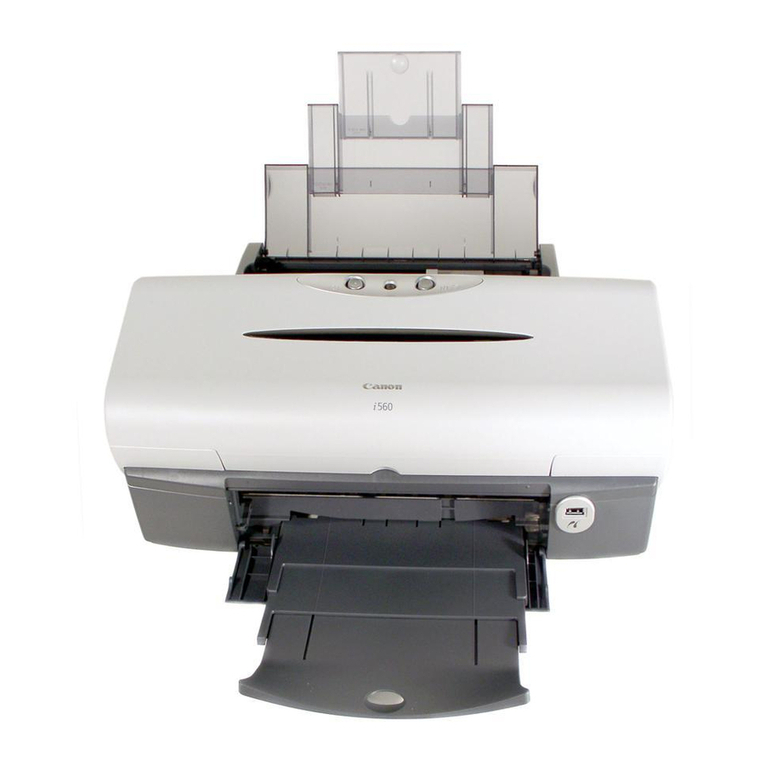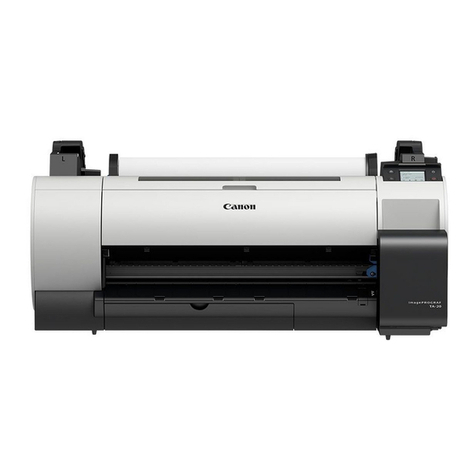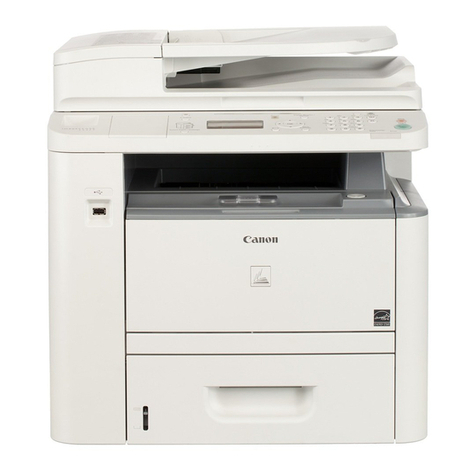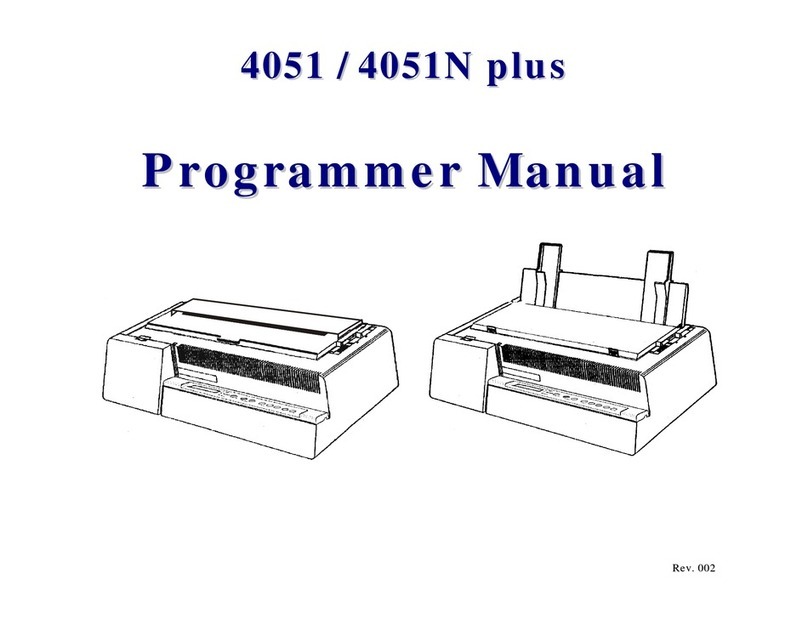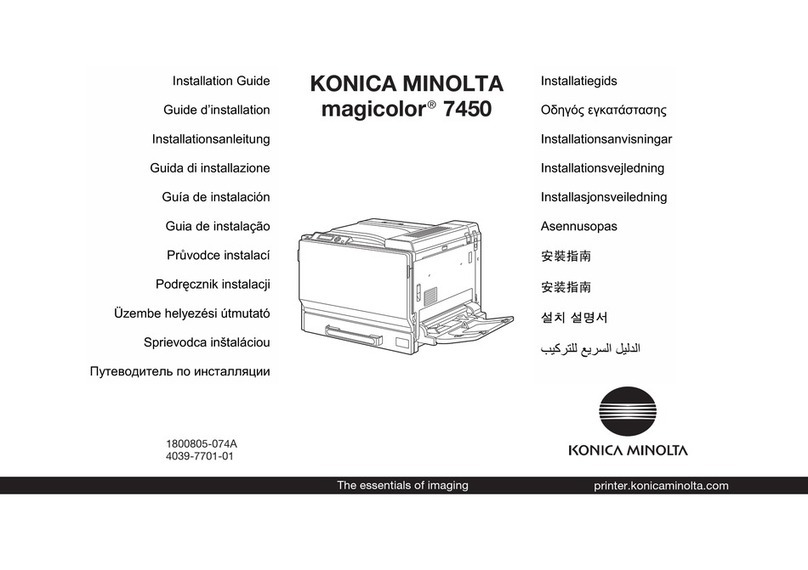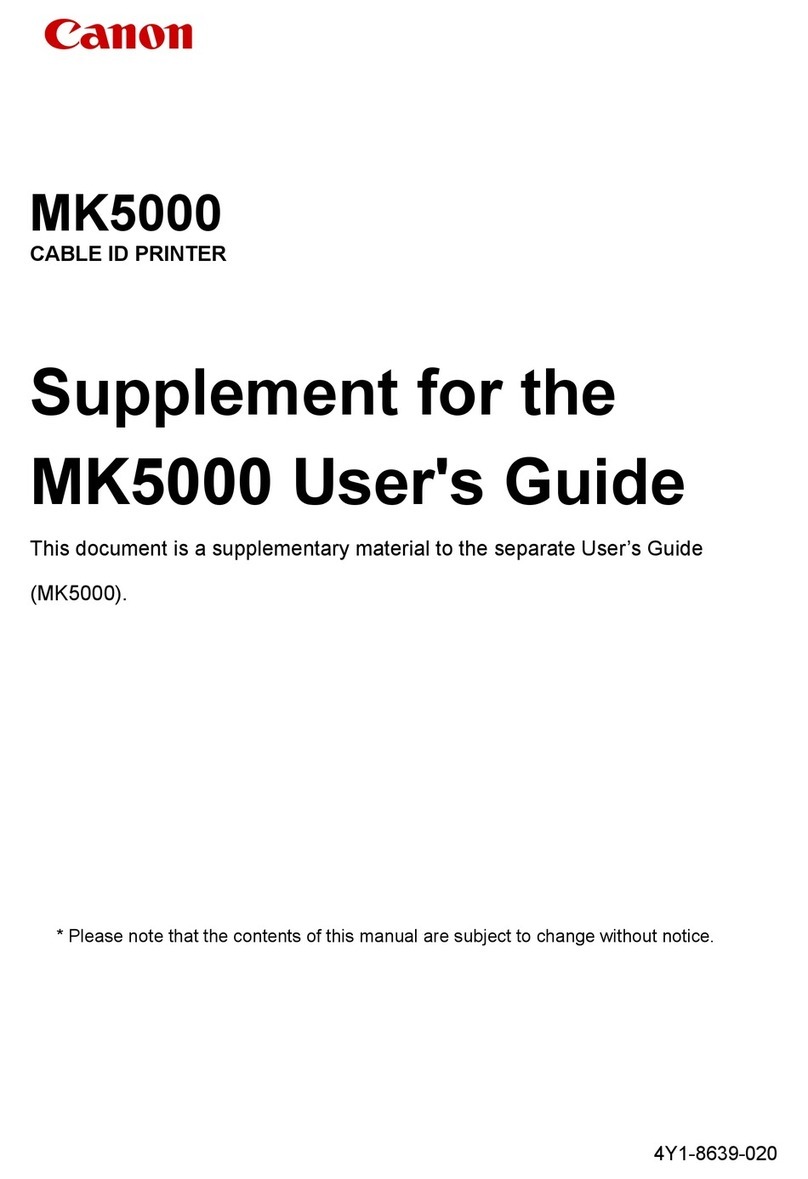PP3DP UP! mini User manual

www.pp3dp.com
PP3DP-2012-V1

UP! mini 3D Printer User Manual
Legal Notice
The information in this document is subject to change without notice.
DELTA MICRO FACTORY CO. MAKES NO WARRANTY OF ANY KIND WITH
REGARD TO THIS MATERIAL, INCLUDING, BUT NOT LIMITED TO, THE
IMPLIED WARRANTIES OF MERCHANTABILITY AND FITNESS FOR A
PARTICULAR PURPOSE. Delta Micro Factory Co.shall not be liable for errors
contained herein or for incidental or consequential damages in connection with
the furnishing, performance, or use of this Material. Changes or modifications
to the system not expressly approved by Delta Micro Factory Co., the party
responsible for compliance, could void the user‘s authority for use. This
document is protected by copyright. All rights reserved. Its use, disclosure, and
possession are restricted by an agreement with Delta Micro Factory Co. per
software copyright. No part of this document may be photocopied, reproduced
or translated into another language without the prior written consent of Delta
Micro Factory Corp.
© Copyright 2012 Delta Micro Factory Corporation All rights reserved.

1. Introduction
UP! mini 3D Printer User Manual 2
1. INTRODUCTION...........................................................................................................................3
1.1 HOW TO USE THIS MANUAL.........................................................................................................3
1.2PRECAUTIONS.............................................................................................................................3
1.2.1 Safety ................................................................................................................................3
1.2.2 Protection..........................................................................................................................4
2. OVERVIEW....................................................................................................................................5
2.1APPEARANCE .............................................................................................................................5
2.2 SPECIFICATIONS.........................................................................................................................8
2.2.1 Printer Physical Characteristics......................................................................................8
2.2.2 Specifications....................................................................................................................9
2.2.3 Environmental specifications...........................................................................................9
3. OPERATION................................................................................................................................10
3.1 PREPARATION...........................................................................................................................10
3.1.1Installation the printer .......................................................................................................10
3.1.2 Installing the software....................................................................................................13
3.1.3 Installing drivers..............................................................................................................14
3.2 USING THE BASIC FUNCTIONS...................................................................................................16
3.2.1 Start the program............................................................................................................16
3.2.2 Loading a 3D model.......................................................................................................16
3.2.3View Options....................................................................................................................19
3.2.4 Model transformations................................................................................................... 20
3.2.5 Placing models onto the build platform........................................................................22
3.3 GETTING READY TO PRINT.......................................................................................................23
3.3.1 Initializing the Printer......................................................................................................23
3.3.2 Calibrating the Nozzle Height .......................................................................................24
3.3.4 Other Maintenance Options..........................................................................................28
3.3.5 Preparing the Platform...................................................................................................30
4. PRINTING ....................................................................................................................................36
5. MODEL REMOVAL.....................................................................................................................39
6. MAINTENANCE ..........................................................................................................................42
6.1 CHANGING THE MATERIAL........................................................................................................42
6.2 VERTICAL CALIBRATION............................................................................................................42
6.3 CLEANING THE NOZZLE ............................................................................................................44
6.4 REMOVING /CHANGING THE NOZZLE ........................................................................................45
6.5 LUBRICATION OF BEARINGS......................................................................................................46
6.6 SPARE PARTS ...........................................................................................................................46
7. TIPS & TRICKS...........................................................................................................................47
8. TROUBLESHOOTING................................................................................................................48
SOLUTION FOR "WINUSB.DLL NOT FOUND"PROBLEM.....................................................................48

1. Introduction
UP! mini 3D Printer User Manual 3
1. Introduction
1.1 How to use this manual
This User Manual is divided into four sections which cover the Introduction,
Overview, Operation, and Troubleshooting. Please study this manual carefully
before installation, and use the printer according to these instructions. Keep
this manual handy and refer to it when necessary.
1.2 Precautions
Please read this section carefully before using the printer.
1.2.1 Safety
The printer can only be used with the power adapters supplied by this
company, or the product may be damaged, with a risk of fire.
To avoid burning, or model deformation, do not touch the model, nozzle, or
the platform by hand, or any other part of the body, while the printer is
working or immediately after it has finished printing.
Protective glasses should always be worn when removing support material,
especially PLA.
The brown sections of the currently supplied gloves melt at around 200
degrees, therefore please do not hold the extruder block with the gloves.
There is a slight smell from ABS when it is being extruded. The smell is,
however, not too unpleasant. A well ventilated room is recommended by
most people to be safe, however when printing keep the printer away from
any draughts as this can affect the warping of ABS prints. When ABS is
burnt is releases toxic fumes.
The following classifications are used in this manual.
CAUTION: Indicates a potentially hazardous situation which, if not
avoided, may result in minor or moderate injury.

1. Introduction
UP! mini 3D Printer User Manual 4
WARNING: Indicates a potentially hazardous situation which, if not
avoided, may result in serious injury.
Gloves: When performing certain maintenance procedures, the
machine may be hot and gloves are required to avoid burns.
Safety Glasses: Wear safety glasses to avoid injury to your eyes.
1.2.2 Protection
The printer must not be exposed to water or rain, or damage may occur.
Do not shut down the UP! System or pull out the USB cable when loading
a digital model, or the model data may be lost.
When using the ―Extrude‖ function, keep at least 50mm between the
nozzle and the platform. If too close, the nozzle may get blocked.
The printer is designed to work properly at an ambient temperature of
between 15°C and 30°C and humidity of between 20% and 50%;
Operating outside these limits may result in low quality models.

2. Overview
UP! mini 3D Printer User Manual 5
2. Overview
The UP! Printer is designed with ultimate portability and simplicity in mind. The
system and software allow you to print great models with only a few keystrokes,
even if you have never used a 3D printer before. The system uses a nozzle to
deposit molten plastic, so printed parts are strong and durable. Congratulations
on purchasing an UP! Printer.
2.1 Appearance
Figure 1.Front view of printer
Initialize button

2. Overview
UP! mini 3D Printer User Manual 6
Figure 2. Back view of printer
Platform
Extrude head
Nozzle
USB interface
Power interface
Roller shaft
Power on/off

2. Overview
UP! mini 3D Printer User Manual 7
Figure3. Accessories
①USB cable ②Power adapter (20 V) ③Filament tube
④Screws ⑤Cellboard ⑥Extrude head ⑦ABS spool
Figure 4. Tool kit
①Pen Knives ②Tweezers ③Hexwrench ④Shovel
⑤Pliers ⑥Gloves ⑦Nozzle wrench

2. Overview
UP! mini 3D Printer User Manual 8
Figure 5. Axis
2.2 Specifications
2.2.1 Printer Physical Characteristics
Printing Material
ABS or PLA
Material Color
White
Layer Thickness
0.25-0.35 mm
Print Speed
10-100 cm3/h
Print Size
120×120×120 mm
Printer Weight
5 KG (11 lb)
Printer Size
240 × 350 ×350 mm
Y axis
Z axis
X axis

2. Overview
UP! mini 3D Printer User Manual 9
2.2.2 Specifications
Power Requirements
100-240VAC, 50-60Hz, 200W
Model Support
Auto-generated support
Input Format
STL
Workstation compatibility
Windows XP/Vista/7; Mac
2.2.3 Environmental specifications
Ambient temperature
15°C ~30°C
Relative humidity
20%~50%

3.Opeation
UP! mini 3D Printer User Manual 10
3. Operation
3.1 Preparation
3.1.1Installation the printer
Extrude Head
The extrude head is fastened with magnets. When assemble the extrude head,
make sure it is contacted with all the three magnets.

3.Opeation
UP! mini 3D Printer User Manual 11
Platform
Insert the cellboard to the platform slot. The strength should be well-distributed,
without force.
Roller shaft
Insert the roller shaft to the hole at the back of printer, and press down.

3.Opeation
UP! mini 3D Printer User Manual 12
Material Extrude (top view)
(1) Connect the power adapter to the power interface.
(2) Insert the end of ABS filament into the Filament tube.
(3) Start the UP! Software (refer to the software install procedure in 3.1.2 if you
have not already installed it), and press the ―Extrude‖ button in the
―maintenance‖ dialogue box, which is accessed from the ―3D Print‖ menu.
(4) After the printer nozzle has warmed up to 260°C, the printer will beep. Push
the filament into the hole at the top of the extruder head and hold it there
with some gentle pressure until the extruder motor grabs it and starts
pulling it through the extrusion head. The extruder will then automatically
extrude a thin filament of material.

3.Opeation
UP! mini 3D Printer User Manual 13
(Windows version)
(Mac version)
3.1.2 Installing the software
Start the UPx.xx setup.exe file and install it to the specified directory (Default is
Program files/UP). Note: This installs the UP software, the UP drivers, and the
UP sample files into your Program files/UP folder.

3.Opeation
UP! mini 3D Printer User Manual 14
3.1.3 Installing drivers
Connect the printer to acomputer with the USB cable. The computer should pop
up the ―Found New Hardware Wizard‖window. Choose ―No, not this time‖, and
then ―next‖. Then choose ―Install from a list or specific location (Advanced)‖,
then ―Next‖.
Click ―Browse‖, and choose C:\Program Files\UP\Driver, then ―Next‖.

3.Opeation
UP! mini 3D Printer User Manual 15
The following dialogue box pops up. Choose ―Continue Anyway‖, and the
drivers will install automatically.
If you have any problems installing the drivers, or get a "Winusb.dll not found"
error, please refer to the driver section in the troubleshooting section of this
manual.

3.Opeation
UP! mini 3D Printer User Manual 16
3.2 Using the basic functions
3.2.1 Start the program
Click on the icon on the desktop. The program should open as follows:
3.2.2 Loading a 3D model
Click ―File / Open‖ or on the toolbar and select the model you want to
open. UP only supports STL files (which is the standard input format for 3D
printing files), and the UP3 format (which is UP‘s proprietary compressed STL
format)
Move the mouse pointer onto the model, and click the left mouse key. Some
model information is presented in a floating window, as shown below:

3.Opeation
UP! mini 3D Printer User Manual 17
(Windows version)
(Mac version)
TIP:You can open several models and print them all at the same time. Just
repeat the open model procedure for each model you want to add. See the
―Placing models on the build platform‖ section for more information.
Unloading the model: click the left mouse button on the model to select it,
and then click ―Unload‖on the toolbar, or click the right mouse button while
over the model and a context menu will appear. Choose unload the model or
unload all models (if you have more than one file open and want to remove all
of them).

3.Opeation
UP! mini 3D Printer User Manual 18
Saving the model: Choose the model, then click ―Save‖. The file is saved in
UP3 format and its size is 12%~18% of the original STL file. This is a
convenient format for users to archive or transfer files.
Note on STL files: For a model to print correctly, all the faces of the models
need to have their normal facing outwards. The Up software uses model color
to indicate whether a model is OK or not. The default color used by the
software when opening a model is a light grey/pink color. If the normal are
facing the wrong way, then the model is colored in red.
Fixing STL Files: The Up software has an option that attempts to fix models
with bad surfaces. Under the ―Edit‖ menu you will see a ―Fix‖ option. Select the
model with inverted surfaces, and click the ―Fix‖ option to try and fix it.

3.Opeation
UP! mini 3D Printer User Manual 19
Merging models: Several separate models can be merged into a single file by
using the ―Merge‖ option from the ―Edit‖ menu. Simply open all the models you
want to merge and arrange them the way you want on the platform and click on
the ―Merge‖ option. When you then save the file, all the components will be saved
as a single STLfile.
3.2.3 View Options
To observe the target model in different ways, use the mouse to control the view.
Rotate: Press the middle mouse button and move the mouse: The view can be
rotated and observed from different angles.
Pan: Press Ctrl and the middle mouse button at the same time and move
the mouse: This causes the view to pan. You can also use the arrow
keys to pan the view.
Scale: Rotate the mouse wheel: The view gets zoomed in or out.
View: The system has 8 preset standard views stored under the ―View‖
button on the toolbar. Click the View button on the toolbar (the startup
value for the View button is ―Fit") to find these options:
(Windows version)
(Mac version)
Other manuals for UP! mini
1
Table of contents
Other PP3DP Printer manuals

